Most of the office-based workforce across the world are now working from home, with restrictions on leaving the house during the day. It has never been more important to go outside and maximise our exposure to natural light, as well as to exercise. Equally, the artificial lighting in our homes has never been more important and influential on our everyday health and well-being. We need it to do it more.
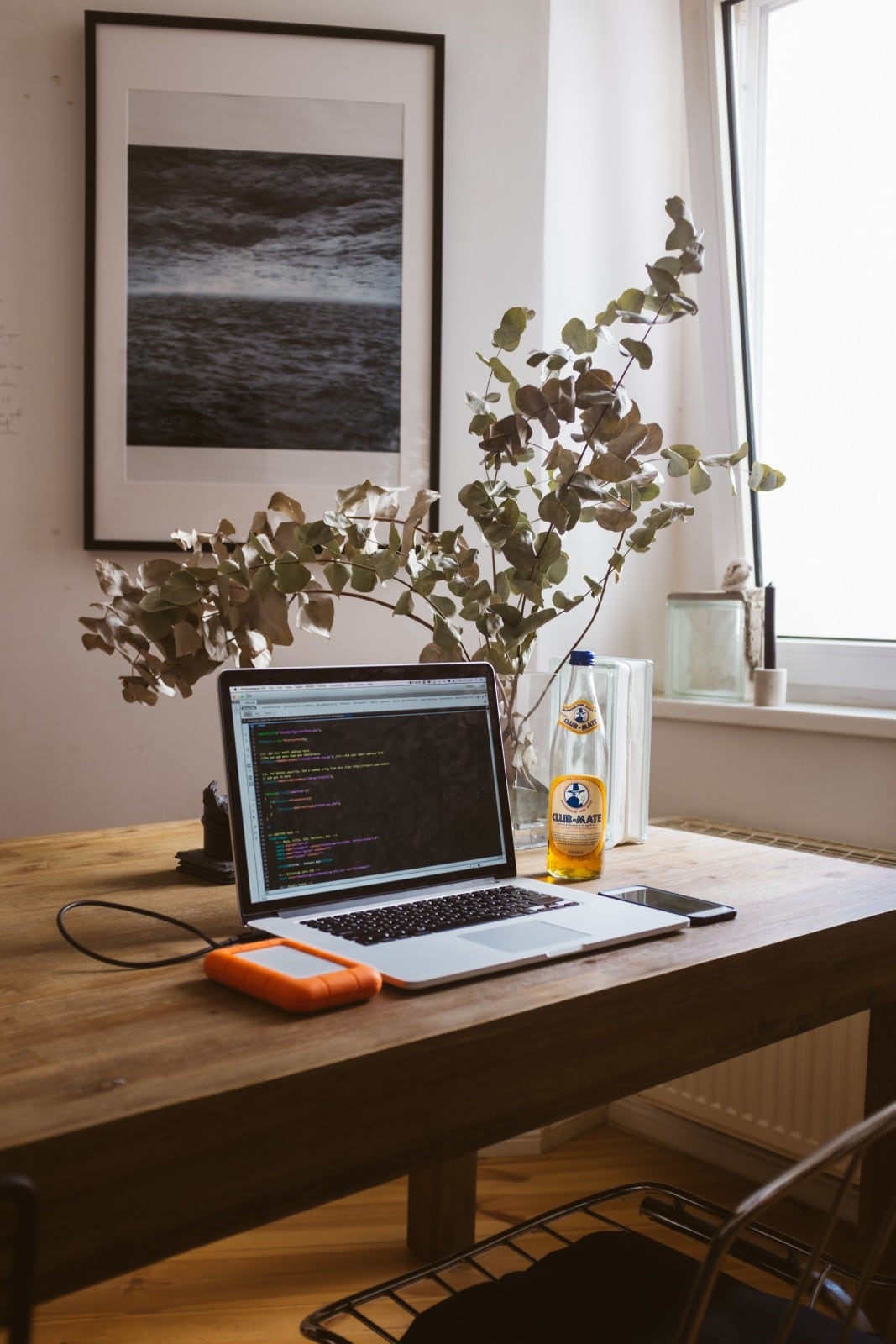
The situation was never ideal even when the workforce was office based, see here for my previous blog. At least then the most inactive of people could get minimal exposure to daylight on their commute to and from the office. As human beings, who until the last 100 years, spent the previous 200,000 years outside during the day and inside at night, our way of life creates a problem in lots of different ways. The problem is driven by a lack of exposure to the full spectral distribution emitted from daylight and it manifests itself in us in different ways; depression, anxiety, increased absenteeism, insomnia and osteoporosis.
The problem is compounded by the way we light our homes and working environments. All internal light sources within the home, and office, are deficient in many wavelengths of light that are present in daylight. The diagrams below show the different wavelengths present in direct sunlight on a sunny April lunchtime, along with the wavelengths present in a 2,700K LED light source with ‘good’ colour rendition.
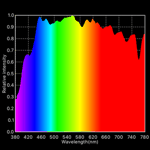
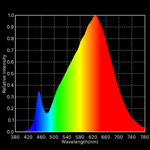
It is clear that the artificial light source does not deliver anywhere near the same spectrum of light as sunlight. However, the spectral distribution of daylight and direct sunlight does vary throughout the day. As the afternoon draws on the colour temperature warms and the illuminance levels dim, the spectral distribution making up the daylight also changes accordingly. The measurements recorded below show how the colour temperature of the light and the spectral distribution are affected during the course of a sunny spring afternoon and evening in the UK.
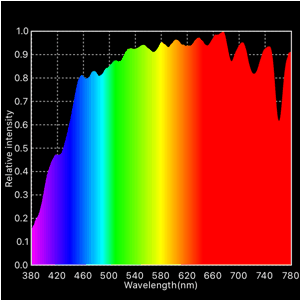
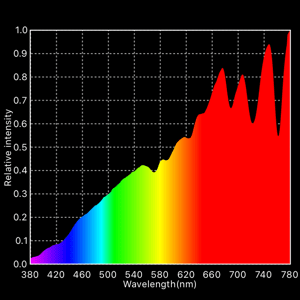
The light warms up and hence the colour temperature falls from 5,300K near the middle of the day down to 4,448K at 1800 hrs and 3,258K at 19:30 as the sun lowers in the sky. This happens faster in the summer and more gradually in the winter as the sun is lower for longer.
The colour temperature continues to drop and just before the sun sets at 19:45, the colour temperature on this particular day is down to 2,881K; almost the same as a traditional interior light source found within a residential environment. The spectral distribution measurements below clearly show this.
In addition, the spectral distribution has become very similar to that of a halogen light source and the blue light content is now a much lower part of the spectrum, all necessary to aid our journey towards a good night’s sleep.
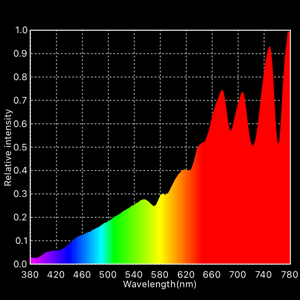
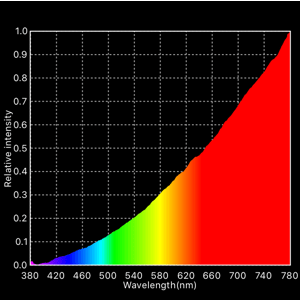
The lighting within the everyday home is fixed around the 2,700K – 3,000K all day long and as a result creates an unnatural environment for us to spend time in for the whole day. Working close to a window or a well daylit room can help to ensure our circadian rhythm receives enough triggers from the daylight levels, spectral distribution and colour temperature to stay harmonised with nature. Getting outside in the middle of the day is also a key factor and a real boost in trying to keep our bodies’ rhythms on track.

With this sudden need to work from home, along with the fact we may have partners also trying to work from home and children being home schooled too, space is at a premium and that idyllic location close to a window may well not be achievable. Inevitably some of us find ourselves working in spaces with inadequate views and unchanging colour temperatures, totally reliant on artificial light.

To combat this we should be aspiring to use artificial light sources that provide soft, glare free task lighting to illuminate our working environment whilst harmonising with natural light; its rich colour spectrum and its changing colour temperature and illuminance levels. Our artificial working light should ultimately be helping to support our circadian rhythm by brightening and cooling in colour temperature from morning until the middle of the day. As the afternoon progresses and the evening draws closer the light emitted should dim at an imperceptible rate and gradually warm in colour temperature so that the blue light content has all but diminished at the end of the day. The light source then becomes harmonised with the warmer, dimmer lighting that we expect to see at home in the evenings.
To tackle our immediate crisis and our impromptu home working set-ups such products will also need to provide enough vertical illumination to flatter our faces in a soft, controllable manner for those numerous VC calls throughout the day, whilst looking beautiful in the corner of our dining room, or in our study (if we are lucky enough to have one). It also needs to be something that minimises energy consumption within our tech filled, energy hungry home ‘offices’.